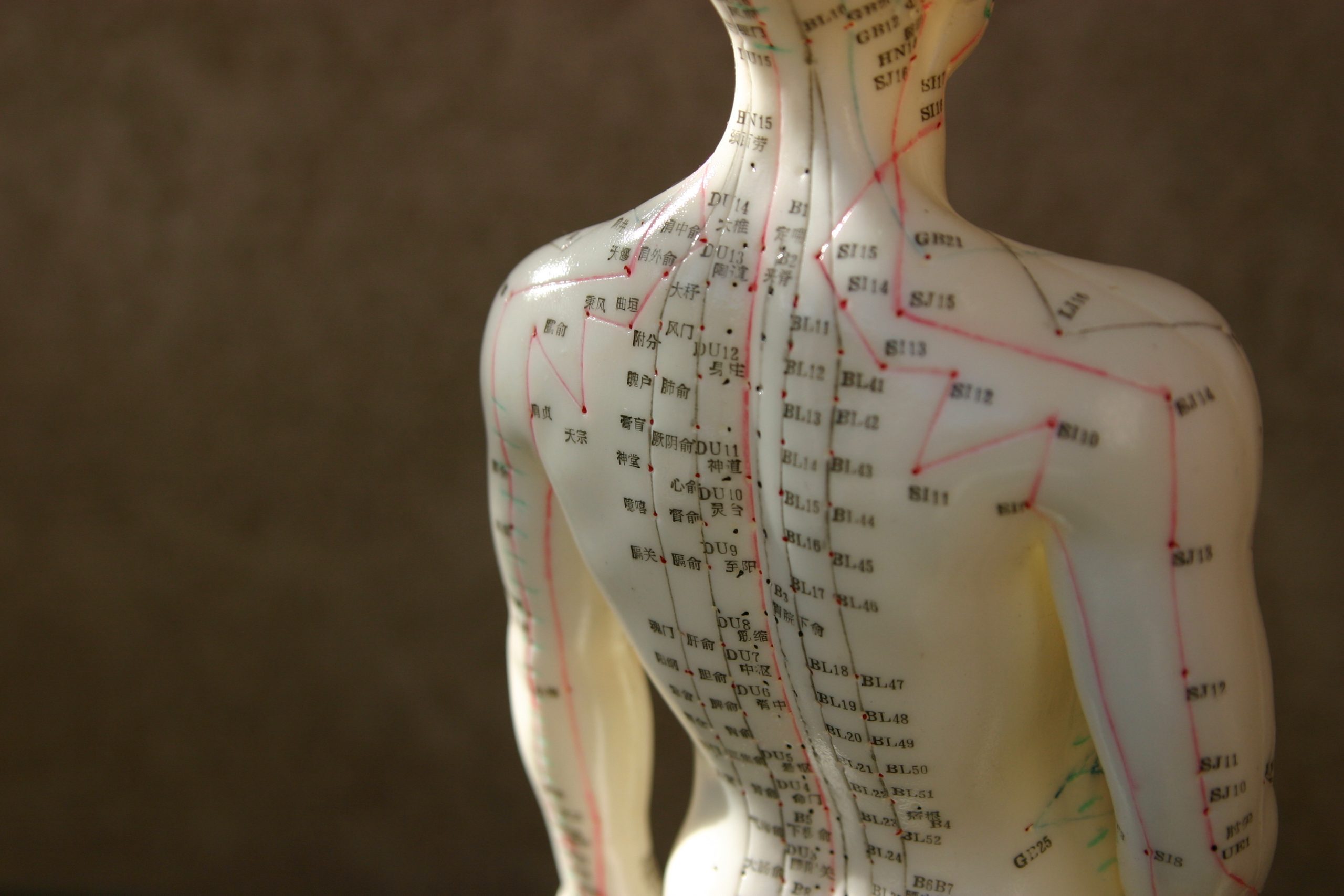Health and Science

Explaining Acupuncture in Family Medicine: Patients’ and Physicians’ Use of Metaphor
Despite being used more and more as a treatment complementary to conventional care, acupuncture is still unfamiliar to a large segment of the population. Family medicine physicians have also just begun to integrate medical acupuncture into their conventional medical settings. One way to help physicians communicate information and understanding about acupuncture and its benefits to patients is through the use of metaphor.
Both patients and providers have long used metaphors informally to explain and interpret health experiences, describe symptoms, and understand treatments. However, no previous study has examined use of metaphor specifically to explain medical acupuncture in a conventional medical setting, like family medicine.
With this in mind, University of Florida College of Journalism and Communications Associate Professor and UF Health Cancer Center Member, Carla L. Fisher, Ph.D. and her colleagues Christy J. W. Ledford, Ph.D. and Col. Paul Crawford, M.D. both of the Uniformed Services University of the Health Sciences, took a close look at the use of metaphor to explain acupuncture experiences by both family medicine physicians and their patients, with the hope of capturing knowledge that could inform the development of communication tools that could enhance this integrative medical experience.
As part of a larger funded study, participants were interviewed about physician-patient interaction about acupuncture, focusing on communication that enhanced or inhibited treatment engagement. The researchers observed that metaphors emerged naturally in physicians’ and patients’ narratives of their experiences. The researchers then examined how the metaphors were used as an explanatory tool in the context of acupuncture therapy and compared physicians’ and patients’ use of metaphor to identify similarities and differences.
Findings show that while physicians used metaphors the most, with 80 percent of physicians surveyed using metaphors to explain acupuncture to patients, the majority of patients (76 percent) also used metaphors to make sense of or to explain their experiences with acupuncture. Both patients and physicians used metaphors for three explanatory purposes in acupuncture treatment: (1) why they accept acupuncture as a treatment (validating it as a treatment option); (2) why the body needs acupuncture (illustrating an unhealthy state); and (3) how acupuncture affects the body (highlighting a healthier state because of acupuncture).
Although they used metaphors for these same three reasons, physicians and patients gravitated toward different types of metaphors. For instance, when explaining acupuncture as a valid therapy, physicians referred to acupuncture as a “tool in the toolbox.” Patients instead used metaphors like “another avenue of care,” likening acupuncture to a road or means of travel to capture how it helped them after a long journey in which conventional medicines were not successful.
Their study helped capture ways metaphor can help promote patient engagement in acupuncture by better explaining the treatment in language that make sense to patients and physicians. Their findings also show how different metaphors might be better suited for patients versus physicians when developing medical education or interventions to promote acupuncture engagement.
These findings also suggest that metaphorical explanations might enhance both patient willingness to try new treatments as well as physician motivation to engage in integrative care. They also show that the use of metaphors in family medicine practice fosters togetherness between patient and provider, and promotes understanding, helping to bridge communication gaps that might otherwise be present.
Based on results of this study, the researchers suggest the development of interventions or other translational tools for physicians and patients to help make sense of acupuncture as well as other treatments that are unfamiliar, complex, or stigmatized.
The original research paper, “Explaining Acupuncture in Family Medicine: Patients’ and Physicians’ Use of Metaphor,” was published in the Journal of Communication in Healthcare online on Nov. 4, 2019.
Authors: Carla L. Fisher, Ph.D., Christy J. W. Ledford, Ph.D., and Paul Crawford, M.D.
Summary written by Marie Morganelli, Ph.D.
Posted: November 21, 2019
Tagged as: Acupuncture, Carla Fisher, Metaphors


